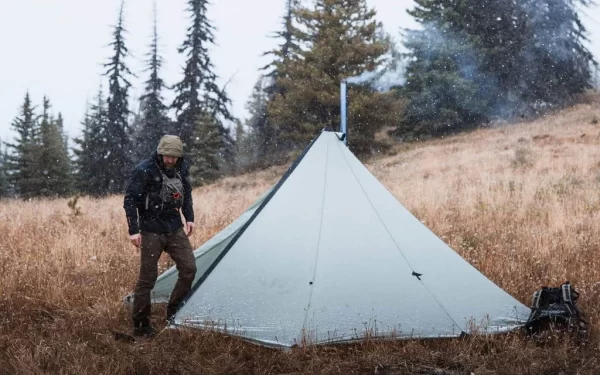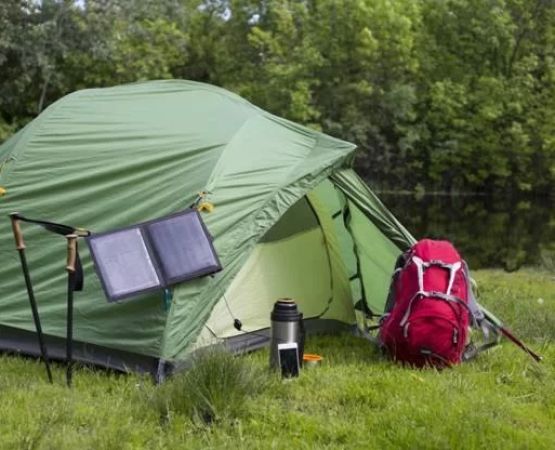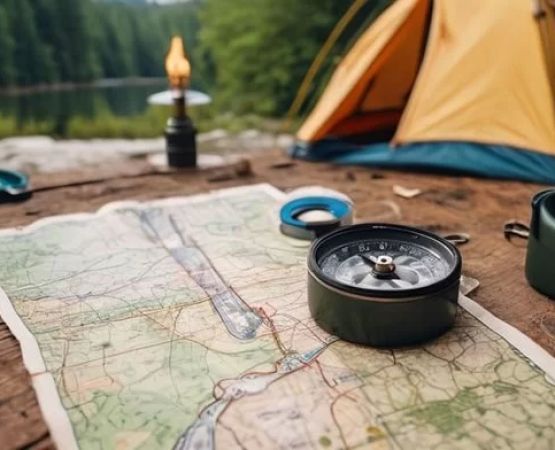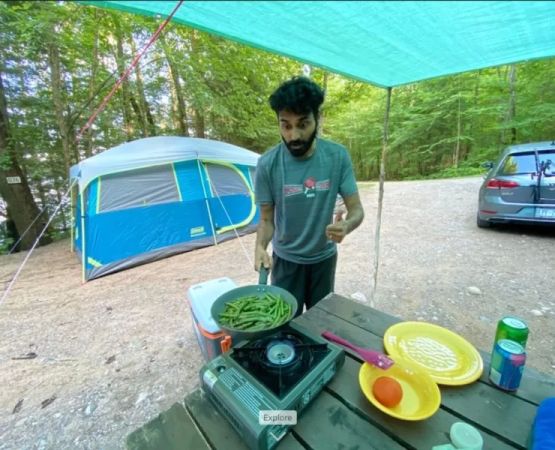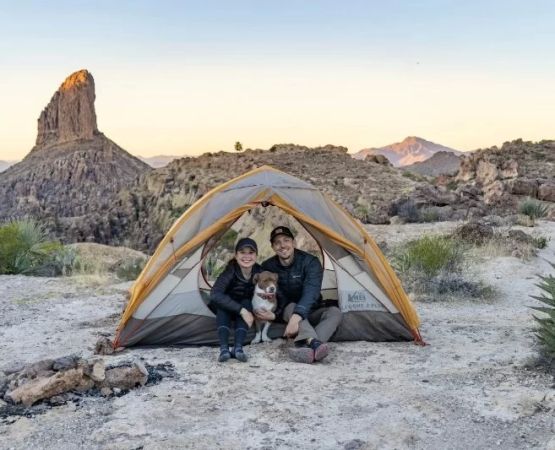How to Choose the Right Camping Stove for Your Outdoor Adventures
As a passionate camper, I can tell you that one of the most crucial elements to a successful camping trip is the right camping stove. After all, nothing beats enjoying a warm meal after a long day of outdoor adventures, but choosing the right stove can be overwhelming with so many options out there. Whether you're planning a weekend getaway, a backcountry hike, or a family camping trip, having the right stove can make all the difference. In this article, I’ll walk you through everything I’ve learned over the years about choosing the perfect camping stove, and share some personal stories that might help you make an informed decision.
1. Understand the Different Types of Camping Stoves
The first step in choosing the right stove is understanding the different types of camping stoves available. There are generally three main categories to consider: canister stoves, liquid fuel stoves, and multi-fuel stoves. Each has its own strengths and is suited for different types of camping experiences.
My first camping trip with a stove was with a small canister stove. It was lightweight, compact, and incredibly easy to use. The canister stoves use pressurized gas and are perfect for car camping or short hikes. These stoves are also quick to set up and operate, which made them ideal when I just wanted to focus on cooking a quick meal after a long day on the trail.
However, when I went on a more extended backcountry adventure, I realized that a liquid fuel stove might be a better option for longer trips. These stoves use liquid fuel (usually white gas or kerosene), which you can carry in larger quantities. Liquid fuel stoves are highly reliable in colder conditions, making them ideal for winter camping or when you're heading to remote locations.
For those who want versatility, multi-fuel stoves are the way to go. These can burn various types of fuel, including both liquid and canister fuels, giving you flexibility in different environments and conditions. I’ve found multi-fuel stoves to be particularly helpful on international trips where it might be difficult to find a specific fuel type, and I wanted a stove that could adapt to local fuel sources.
2. Consider the Size and Weight of the Stove
One of the biggest challenges for me when selecting a camping stove is finding the right balance between portability and performance. If you’re a solo camper or embarking on a backpacking trip, weight and size are crucial factors to consider. On my first backpacking trip, I packed a larger stove, only to realize that it took up too much space in my backpack and weighed me down. I quickly learned that smaller, lightweight stoves were the best choice for hiking and backpacking.
For short camping trips or when you’re car camping, weight might not be as important, and you could opt for a more robust stove with a larger cooking surface. Larger stoves often have multiple burners, which can be handy if you’re cooking for a group. However, when space is limited, a compact stove can be a lifesaver. I’ve since invested in both types, as each serves its own purpose depending on the trip.
3. Fuel Source: Gas, Liquid, or Biofuels
The type of fuel your stove uses is another key consideration. Over the years, I’ve learned that the best choice largely depends on where and how long I’ll be camping. For instance, if you’re camping close to a trailhead or driving to your campsite, canister stoves work well. Their compact design and easy-to-use nature make them ideal for quick setups. However, if you plan on camping in remote areas or for extended periods, you may need to look into liquid fuel or multi-fuel stoves, which can offer more flexibility and longer burn times.
One thing to keep in mind is the availability of fuel. On one camping trip in a remote part of Colorado, I had to search high and low for the correct type of canister fuel, and it took up valuable time. That experience led me to switch to a liquid fuel stove that could burn more easily accessible fuels like gasoline and kerosene. With a multi-fuel stove, I’ve even had the chance to use biofuels in certain regions, making the stove not only efficient but more eco-friendly.
4. Cooking Performance and Features
When it comes to cooking on a camping stove, the number of burners, flame control, and overall heat distribution are important. On one trip, I learned the hard way that not all stoves are created equal when it comes to cooking performance. I was attempting to cook a big dinner for a group of friends using a stove with minimal flame control, and the uneven heat made it nearly impossible to cook everything properly. Since then, I always make sure the stove I select has good flame control and even heat distribution.
For those who love to cook gourmet meals in the great outdoors, consider stoves with additional features like windshields or larger cooking surfaces. Some stoves come with built-in features to shield the flames from the wind, ensuring a consistent cook. After experiencing several windy camping trips, I found that a stove with a built-in windshield made my cooking experience much more enjoyable and stress-free.
5. Budget Considerations
Camping stoves can range from affordable, budget-friendly options to high-end models with advanced features. When I first started camping, I went with a budget option because I wasn’t sure how often I would use it. While the stove worked fine for short trips, it wasn’t as durable or efficient as some of the pricier models I’ve since invested in. My advice is to think about how often you’ll be using the stove and what kind of conditions you'll be cooking in. If you’re an occasional camper, a more affordable stove may suffice. But if you’re an avid adventurer, it might be worth spending a little extra for a more reliable, high-performance stove that will last for years.
6. Additional Considerations: Environmental Impact and Safety
When choosing a camping stove, don’t overlook safety and environmental concerns. I’ve always made sure to camp responsibly, and choosing a stove that minimizes environmental impact is important to me. Some stoves are more fuel-efficient, which can help reduce your carbon footprint, and others are designed with safety features like flame guards and automatic shut-off valves.
Also, think about stove safety in various weather conditions. When camping in extreme cold or altitude, some stoves perform better than others. For example, liquid fuel stoves are more reliable at high altitudes and in freezing temperatures than canister stoves. Make sure to research the stove’s performance in the conditions you plan to face and read user reviews to see how others have fared in similar environments.
Choosing the right camping stove ultimately comes down to your specific needs, preferences, and the type of camping you enjoy. Whether you're cooking for one or a group, in the summer heat or winter cold, having the right stove can enhance your entire camping experience. After trying many different stoves myself, I now feel confident in my choices and know exactly what to look for based on the conditions I’ll face.
For expert recommendations and the best camping stove options tailored to your needs, consider visiting Pine Cliff Resort for personalized advice and top-tier gear suggestions to make your outdoor cooking experience a success.

